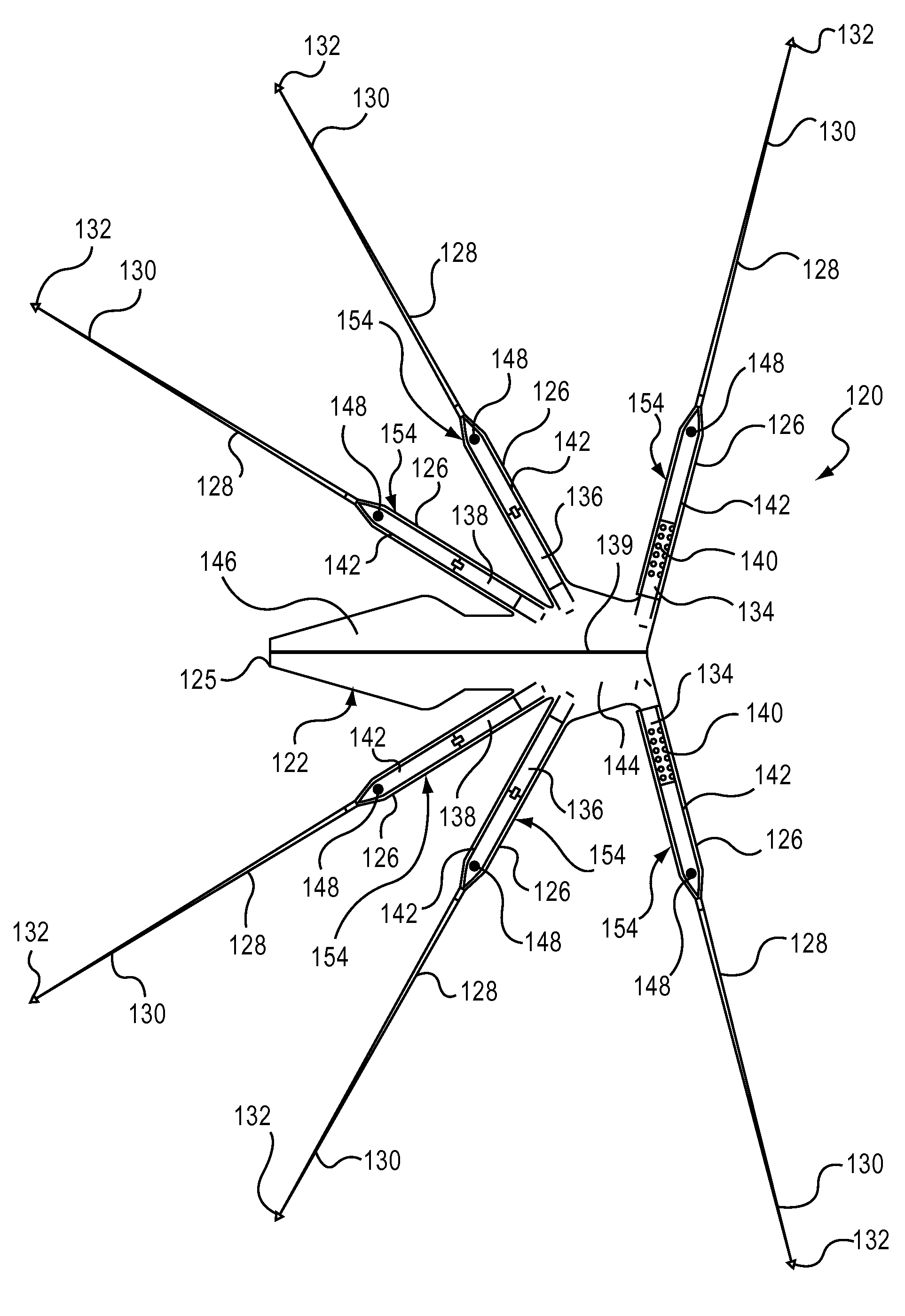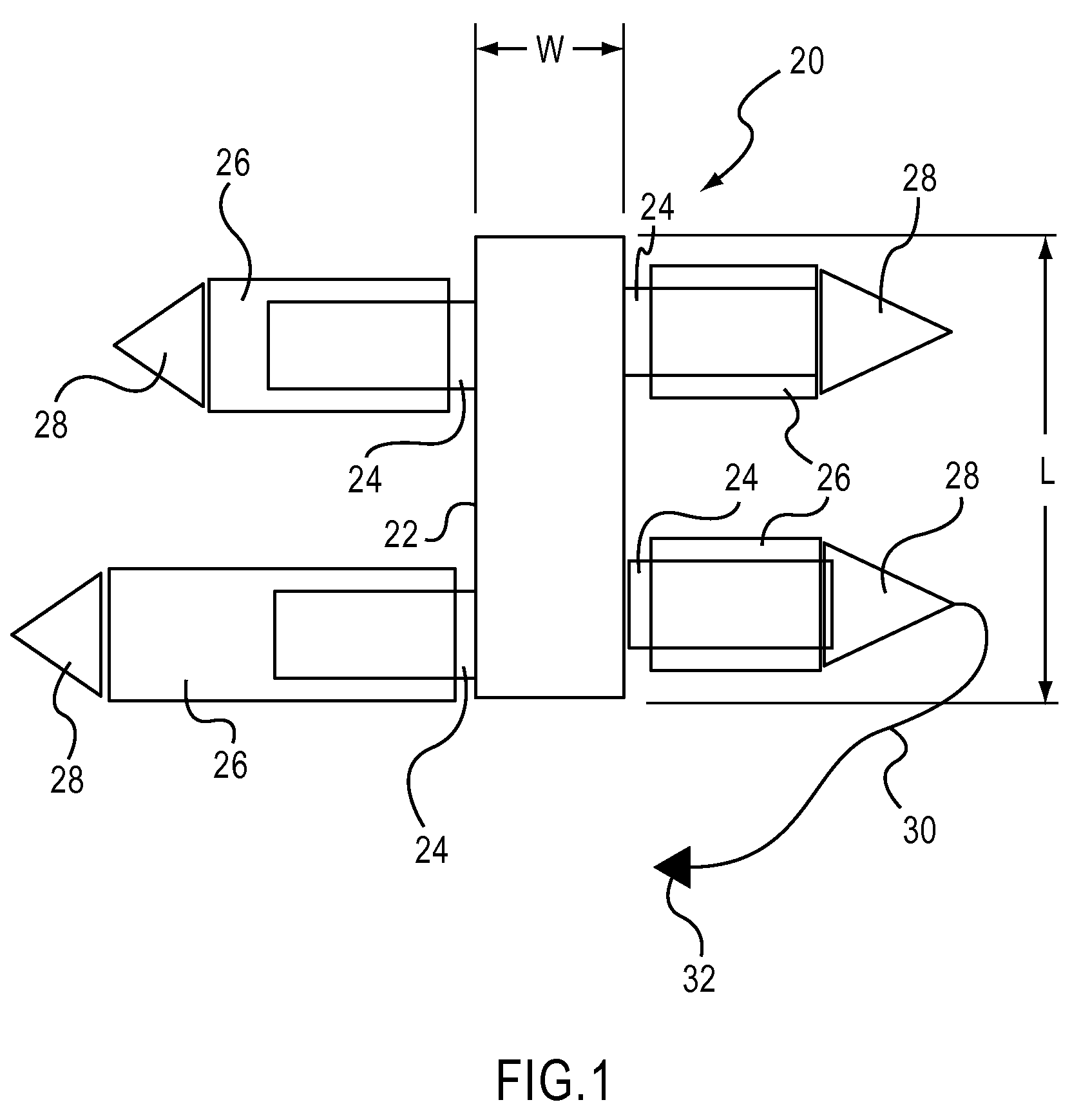Devices and methods for treating pelvic floor dysfunctions
a technology for pelvis and pelvis, applied in the field of medical devices, can solve the problems of increased prolapse recurrence risk, increased risk of prolapse recurrence, and insufficient surface area of sutures
- Summary
- Abstract
- Description
- Claims
- Application Information
AI Technical Summary
Benefits of technology
Problems solved by technology
Method used
Image
Examples
Embodiment Construction
[0060]The devices and methods described herein are generally directed to implants (e.g., posterior support implants, anterior support implants, total pelvic floor repair implants) and the delivery and placement of such implants within a pelvic region (also referred to herein as “pelvis”) of a patient. An implant can be placed into the pelvic space of a patient and secured at several different locations within the pelvic space to treat many different female pelvic floor dysfunctions. For example, an implant can be secured to a sacrospinous ligament or a ureterosacral ligament for uterine preservation (e.g., if a prolapsed uterus is otherwise healthy, a hysterectomy is not preformed and the uterus is re-suspended with an implant), or for posterior support. In another embodiment, an implant can be secured to pubo-urethral tissue or an obturator muscle (e.g., internus or externus) or membrane (each also referred to herein as “obturator”) to treat, for example, incontinence. In yet anoth...
PUM
 Login to View More
Login to View More Abstract
Description
Claims
Application Information
 Login to View More
Login to View More - R&D
- Intellectual Property
- Life Sciences
- Materials
- Tech Scout
- Unparalleled Data Quality
- Higher Quality Content
- 60% Fewer Hallucinations
Browse by: Latest US Patents, China's latest patents, Technical Efficacy Thesaurus, Application Domain, Technology Topic, Popular Technical Reports.
© 2025 PatSnap. All rights reserved.Legal|Privacy policy|Modern Slavery Act Transparency Statement|Sitemap|About US| Contact US: help@patsnap.com



